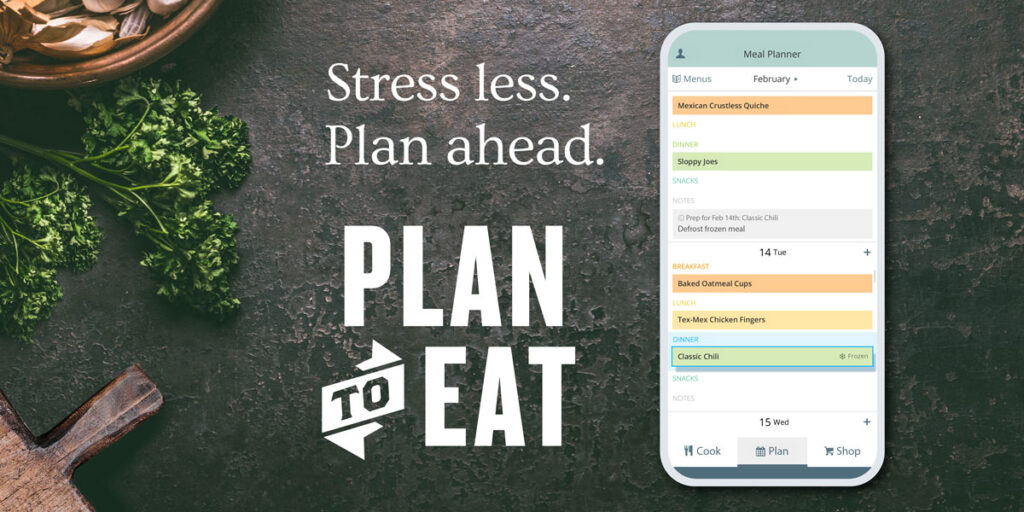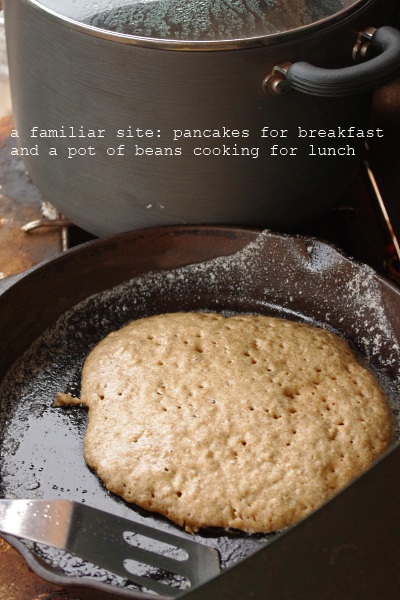
Images of beautiful and functional rustic kitchens, fresh baked breads being taken from a woodstove, bushels of potatoes stored away in the root cellar, and family meals eaten around a large farm table were all on my mind when I pondered our move off-grid and how that would change my time in the kitchen.
We’ve lived without electricity or running water as most people know it now for ten months. A lot of progress has been made when I look back on it, but we are nowhere near the rustic functional off-grid kitchen that some might consider ideal.
When we made our move I knew that we had two options:
- Spend a substantial amount of money upfront to construct a home with a large, functional kitchen.
- Slowly build that home and kitchen over time after other priorities like fencing, water, and food production are taken care of.
Since our goal is to build our homestead debt-free we went with option number two. And while my kitchen may not look like the dream kitchens of magazines, it has suited its purpose well enough thus far.
I remember the day we started using an actual, real sink… that drains and holds water. That was almost as exciting as when a solar-powered water pump began bringing water from our rainwater catchment tank right into our kitchen. If looked at in the proper context, our kitchen is luxurious.
There have been sweet potatoes thrown right into our wood stove after breakfast and cooked until tender perfection as the base of a lunch meal. Bread has been baked from wheat we harvested, threshed, and ground by hand.
But there have also been too many burnt-bottomed casseroles to count; dealing with ants, flies, and the elements; and learning to take the sustainable foodways I learned on-grid and continue them without the conveniences I once had.
Navigating the off-grid kitchen is something I have enjoyed and struggled with over the past ten months. Having neighbors and friends who also live off-grid has come to show me that no two kitchen set ups will look alike, even if you’re striving for similar ends.
The kitchen is absolutely the most important feature of the off-grid home we continue to build. Because we wish to grow our own food; the kitchen becomes the office, workshop, and center of nourishment in our home. In creating floor plans and setting priorities, the kitchen is number one behind a root cellar and basic shelter.
We are attempting to develop sustainable ways to cook food, keep it cool, process it, store it during extreme heat and cold, and keep everything sanitary with an off-grid water system based on rainwater catchment. And we are trying to do it without debt, electricity, or unsustainable fuels.
In this series I hope to share basic methods of keeping an off-grid kitchen running, how we do the basics that are often taken for granted like cooking and cooling, and how it can be done if we just take a step back and keep it simple.
Please join me as we learn our way through building a sustainable, off-grid kitchen.









